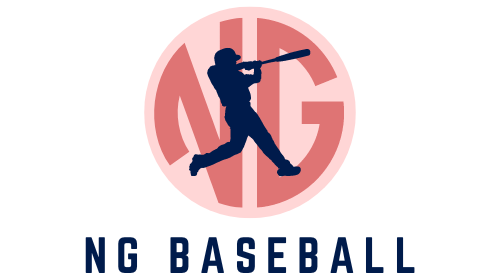Are you a baseball enthusiast, a card collector, or perhaps both? Whether you are trying to start your baseball card collection or are an experienced collector looking to refine your skills, it’s essential to know the difference between an original card and a reprint. Reprints can look nearly identical to their original counterparts, so how can you tell them apart? Fear not, for this blog post aims to break down the process into digestible information to help you determine the authenticity of a baseball card.
Cards and Collecting
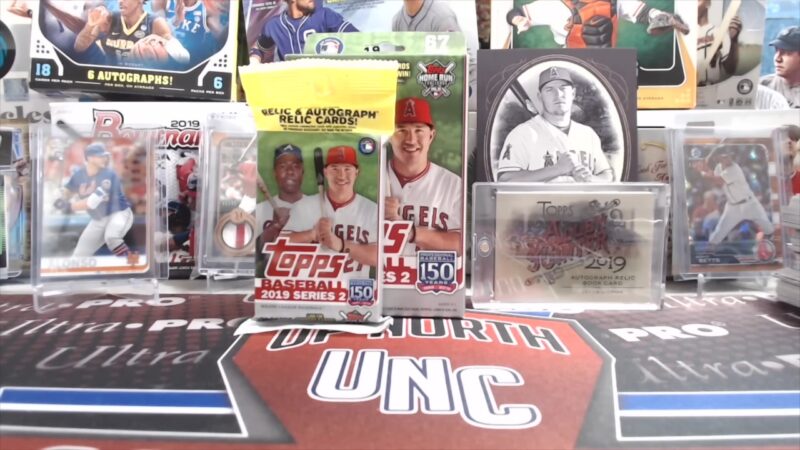
In the world of baseball card collecting, a card’s value hinges largely on its rarity and condition. Original, vintage baseball cards can be worth hundreds or even thousands of dollars. On the other hand, reprints typically hold much less value, even if they depict the same player and are in excellent condition.
A reprint is essentially a copy of an original card produced at a later date. While some reprints are clearly marked as such, others can be more deceptive, mimicking original cards in almost every detail. Thus, it’s crucial for collectors to know how to distinguish a genuine card from a reprint.
Identifying Key Differences
Material and Texture
Original baseball cards often have a particular feel to them, which can be quite different from that of modern cards. They were typically printed on lower-quality card stock and might feel thinner or more brittle compared to contemporary cards. Reprints, which are often printed on modern card stock, might feel glossier and sturdier.
Aging Signs
Original cards will likely show signs of aging, such as discoloration, yellowing, or even a certain musty smell. Reprints, on the other hand, will often appear and smell much newer.
Printing Techniques
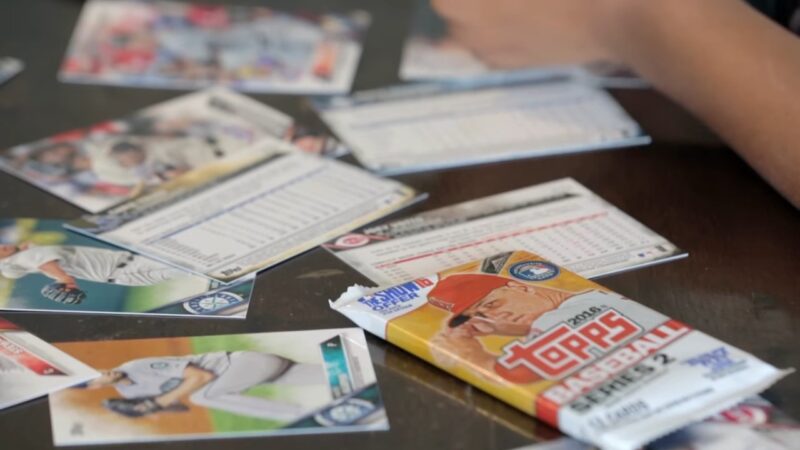
Older cards often feature printing techniques that are not used today. For example, they might have dot matrix patterns (a series of small dots used to create the image), while modern cards usually have continuous tone printing.
Fonts and Logos
Pay attention to the typography and logos on the card. Sometimes, reprints will use slightly different fonts or logos due to copyright reasons or technological advancements.
Card Backs
The card back can also provide vital clues. Originals might have a less glossy back and often contain statistics or biographies related to the player. Some reprints are easy to spot as they state explicitly that they’re reprints.
Modern Printing Techniques
While the aforementioned signs can help distinguish between originals and reprints, modern printing techniques have made it increasingly difficult. Some reprints are produced using the same type of card stock as the original, making them feel identical to the touch.
Moreover, artificial aging processes can make a reprint appear older than it really is, mimicking the yellowing or discoloration often seen in vintage cards. Therefore, while these physical indicators are a good starting point, further investigation may be necessary.
Researching the Card
Manufacturer Information
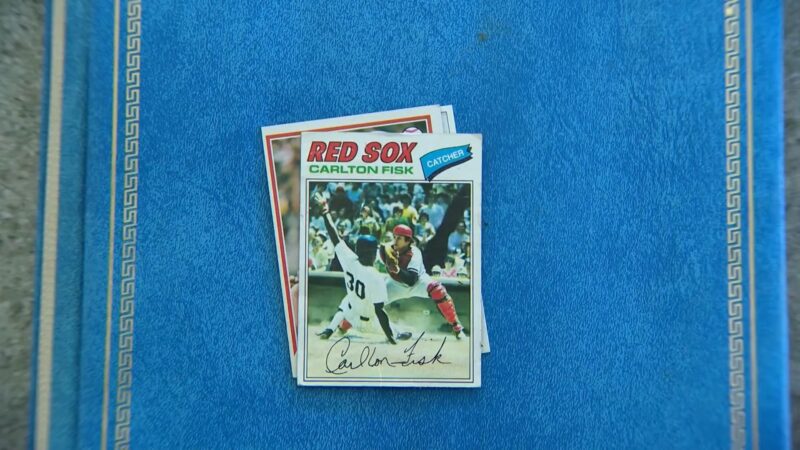
One reliable way to determine whether a baseball card is a reprint is to research the card manufacturer. Each card should have the manufacturer’s information somewhere, usually on the back. If you find this information, you can look up the manufacturer and the specific card set to see if they have ever produced reprints of that card.
Online Resources
There are various online databases and forums where collectors share information about specific cards. Websites like Beckett and PSA offer resources for researching card details, including the history of certain cards and sets.
Reach Out to the Community
Never underestimate the knowledge of other collectors. If you’re unsure about a card, don’t hesitate to reach out to the collecting community. There are numerous online forums and social media groups where you can post pictures of your card and ask for opinions.
Professional Grading Services
If you have a card of potentially high value and are unsure about its authenticity, consider using a professional card grading service like PSA, BGS, or SGC. These companies can authenticate and grade your card, which can significantly enhance its value. The process may involve a fee, but for particularly valuable cards, this could be a worthwhile investment.
Recognizing Reprint Baseball Cards: Further Considerations
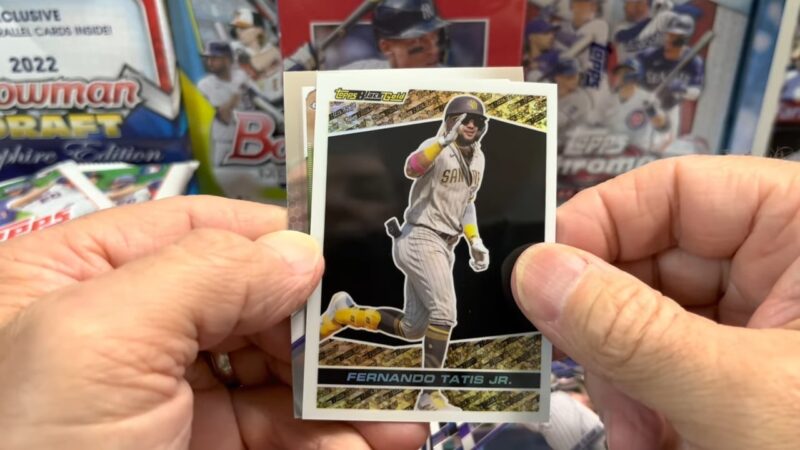
Building on the previous discussion, let’s delve deeper into the art and science of identifying reprint baseball cards. Expanding your knowledge in this area helps to not only ensure the integrity of your collection but also to boost your enjoyment and engagement with this fascinating hobby.
The Psychology of Perception
Sometimes, distinguishing between an original and a reprint isn’t just about what you see but how you see it. By understanding certain psychological aspects of perception, you can hone your observational skills to catch the subtle signs that differentiate a reprint from an original.
For instance, our brains tend to focus on familiar patterns and big, prominent details. Thus, when examining a card, you might instinctively notice the player’s image, team logo, or card design before you spot more inconspicuous details. But it’s often these subtler elements that indicate whether a card is genuine or a reprint.
Investigating the Card’s Corners and Edges
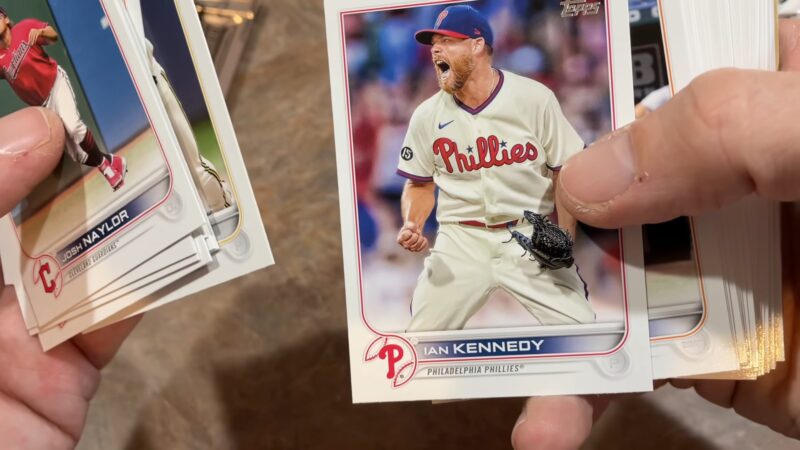
The corners and edges of a card can reveal a lot about its authenticity. Original cards were cut using different techniques than those used today, which can result in variations in the edges and corners. Vintage cards may have rougher edges and less perfect corners, while reprints will often exhibit the precision cuts associated with modern machinery.
Deciphering Serial Numbers
Many baseball cards include serial numbers, especially limited edition, and special release cards. A serial number is a unique identifier that often indicates the card’s position in a limited print run. For example, a card marked “24/100” would be the 24th card in a series of 100.
If a card contains a serial number, verify it with the card manufacturer or a reliable online database. Reprints usually won’t have the same serial numbers as the original cards, making them easier to spot.
Understanding Print Marks and Factory Errors
Original baseball cards, especially those produced before the advent of digital printing, may contain unique print marks or factory errors. These could include misaligned colors, off-center images, or typos in the text. While these ‘flaws’ might seem like negatives, they can actually add to a card’s authenticity and value, as they’re hard to replicate in reprints.
Reprints often ‘fix’ these factory errors, so a card that’s too perfect might be cause for suspicion. As always, researching specific card sets can provide useful insights into common errors or print marks to look out for.
Verifying Autographs and Memorabilia
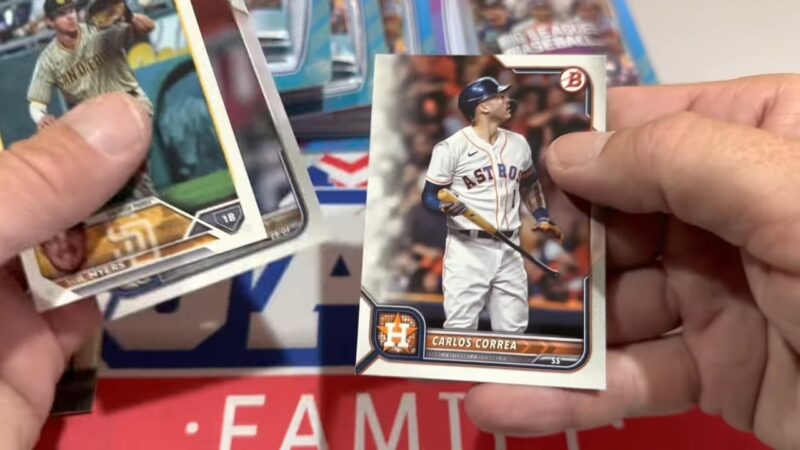
Modern baseball cards often come with added features like autographs or bits of memorabilia (like a piece of a player’s jersey). However, these additional elements can also be found on reprints, making it crucial to verify their authenticity.
For autographs, you may need to use an authentication service. In terms of memorabilia, ensure that the card’s description matches the item (for instance, if the card claims to include a piece of a 1970s jersey, the material should match what was used during that era).
If you want to know which ones are the most valuable signed baseball cards of all time click here.
Final Words
Being able to accurately identify a reprint baseball card is a skill that comes with knowledge, practice and a keen eye for detail. While the process can seem daunting, remember that every step you take in expanding your understanding brings you closer to becoming a master collector. By combining both an understanding of the historical context of baseball cards and a deep appreciation for their intricacies, you’ll be well on your way to curating a valuable and authentic collection.
